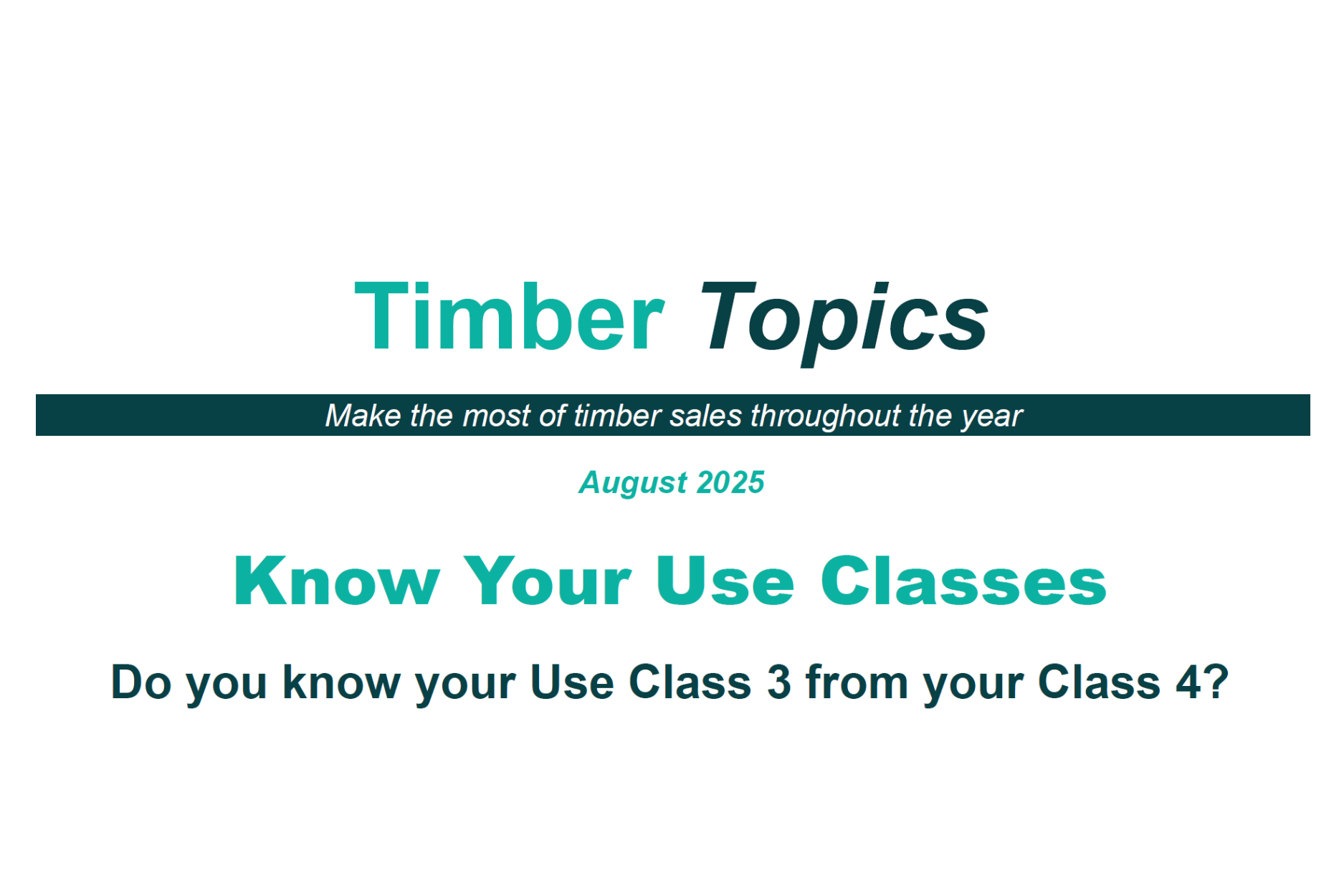
Do you know your Use Class 3 from your Class 4?
Not all pressure-treated timber is created equal. Though treated wood may appear similar at first glance, the level of preservative protection it carries can vary significantly. That’s because UK technical standards for timber preservation specify different levels of preservative loading and penetration based on how and where the timber will be used.
For timber and builders’ merchants, it’s essential to know which products have been treated and to clearly label their intended Use Class. Prominently displaying this information – both on signage and next to stocked timber – helps your customers select the right material for the job and ensures safer, more long-lasting results.
BS EN 335-1 and BS 8417 defines a series of Use Classes based on how much timber will be exposed to the elements in situ. In some cases, particularly where structural integrity is concerned, using the wrong timber can lead to serious consequences and safety risks.
The most widely used preservative treatment categories are Use Class 2 for indoor use, and Use Classes 3 and 4 for outdoor applications.
Use Class 2 covers interior timber used above ground and within the building envelope, where there’s only an occasional chance of moisture exposure, such as from condensation around insulation in a cold roof space.
Use Class 3 applies to exterior timber that is not in direct contact with the ground. This includes two subcategories:
- UC3u (uncoated): for components like cladding, deck boards and fence rails
- UC3c (coated): for painted joinery, such as timber doors and windows
Use Class 4 is required when timber is in contact with, or very close to, the ground, where it is regularly exposed to moisture, or provides structural support outdoors. This includes fence posts, playground equipment, and the sub-structures of decks or boardwalks (e.g. joists, beams and posts).
Verify with your supplier
All TDUK member suppliers have pledged to mark sales documents and invoices with the relevant Use Class. Always check the documentation and, if in doubt, ask your supplier to confirm. The Timber Decking & Cladding Association has produced some useful documents giving more information for merchants and end users, which can be found at www.tdca.org.uk

 Find Your
Find Your